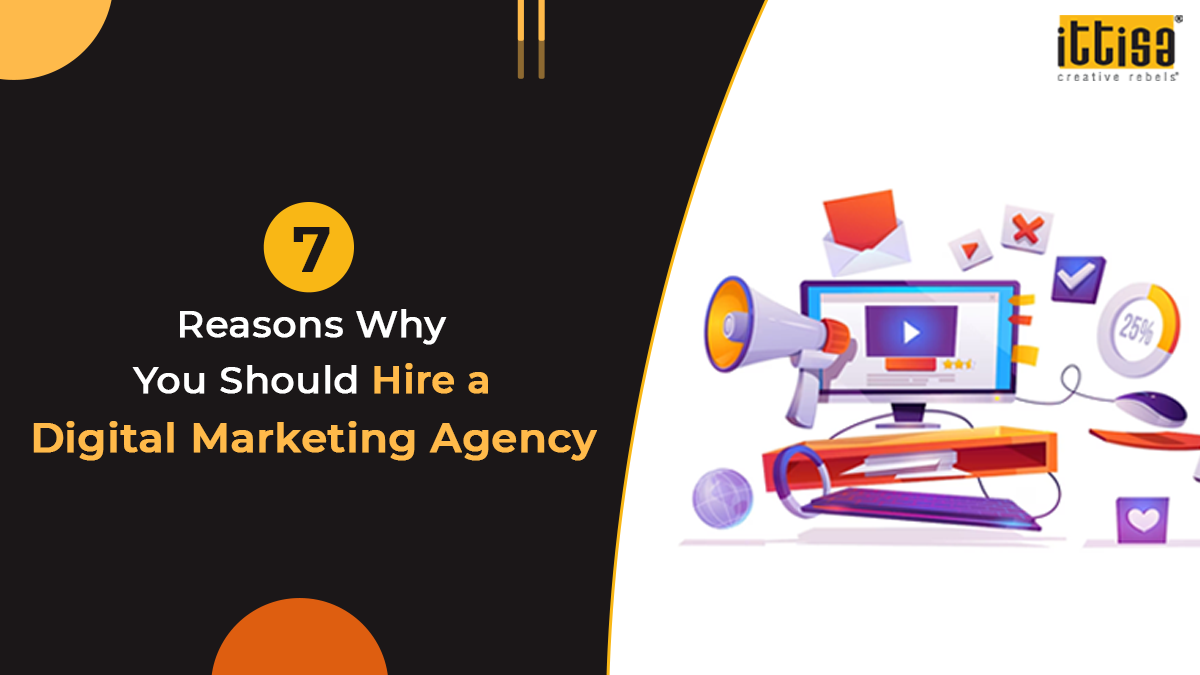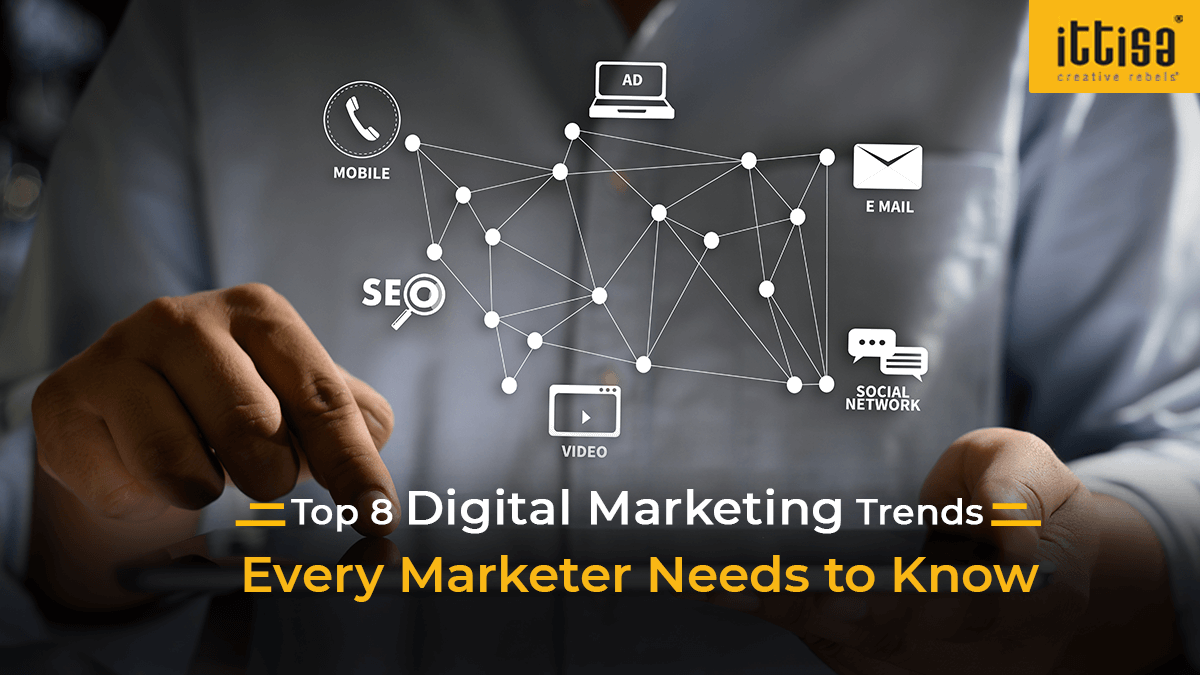December 06, 2019
5 Ways to Create a Great Customer Experience Strategy
“60% of customers are willing to pay more for a better experience.”
In present times, competitor brands provide almost the same features and product differences are minimal. Moreover, technology has made it possible for customers to easily compare prices of multiple brands before making a final purchase. The dynamics of brand loyalty have also changed, where customers can easily switch to another brand if they have a bad experience. This is where lies the importance of good customer experience.
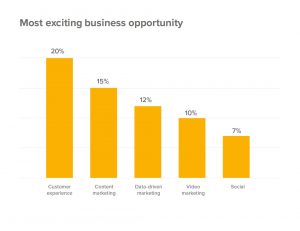 Source: superoffice.com
A study by Oracle found that “74% of businesses believe that customer experience impacts the willingness of a customer to be a loyal advocate.” The better the experience, the more are the chances of them being loyal to your brand and helping you outperform your competition.
Here are the 5 best ways for devising a great customer experience strategy -
Source: superoffice.com
A study by Oracle found that “74% of businesses believe that customer experience impacts the willingness of a customer to be a loyal advocate.” The better the experience, the more are the chances of them being loyal to your brand and helping you outperform your competition.
Here are the 5 best ways for devising a great customer experience strategy -
 Source: Influitive
By creating such categories, you can recognize your customers better, which in turn will help you give them a better experience.
Source: Influitive
By creating such categories, you can recognize your customers better, which in turn will help you give them a better experience.
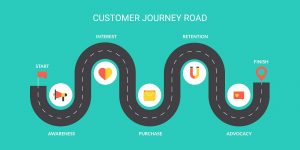 Source: Thematic
Understanding the mindset of your customer at every stage of the funnel is the key to success. Figure out what would motivate them to go from one level to the next while they interact with your brand and the probable pain points they can face. All of this can help map out an efficient customer journey.
Source: Thematic
Understanding the mindset of your customer at every stage of the funnel is the key to success. Figure out what would motivate them to go from one level to the next while they interact with your brand and the probable pain points they can face. All of this can help map out an efficient customer journey.
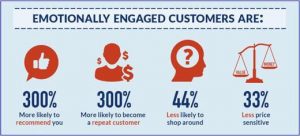 Source: High Definition Banking
Source: High Definition Banking
 Customer experience is an integral part of business that requires constant nurture and care. As a brand, focusing on your customer experience strategy will reflect a positive impact on loyalty, lead to higher retention and more revenues.
To know more about creating the best experience strategy, leave us a message and we’ll get back to you.
Customer experience is an integral part of business that requires constant nurture and care. As a brand, focusing on your customer experience strategy will reflect a positive impact on loyalty, lead to higher retention and more revenues.
To know more about creating the best experience strategy, leave us a message and we’ll get back to you.
 Source: superoffice.com
A study by Oracle found that “74% of businesses believe that customer experience impacts the willingness of a customer to be a loyal advocate.” The better the experience, the more are the chances of them being loyal to your brand and helping you outperform your competition.
Here are the 5 best ways for devising a great customer experience strategy -
Source: superoffice.com
A study by Oracle found that “74% of businesses believe that customer experience impacts the willingness of a customer to be a loyal advocate.” The better the experience, the more are the chances of them being loyal to your brand and helping you outperform your competition.
Here are the 5 best ways for devising a great customer experience strategy -
1. Understand your customers
Before building a strategy, it is important to be very clear about the target audience, identify their problems that need a solution and how you can help in the process. Customer segmentation and creating buyer personas is one of the best ways to understand them better. With information like age, location, interests, problems and buying behaviour, customers can be segregated into different categories and you can provide services accordingly. For example, a group of tech-savvy people may be able to follow a set of instructions you publish on your webpage, but for an audience group that is not so well acquainted with technology, you may have to put up a video tutorial for better understanding. Source: Influitive
By creating such categories, you can recognize your customers better, which in turn will help you give them a better experience.
Source: Influitive
By creating such categories, you can recognize your customers better, which in turn will help you give them a better experience.
2. Map your customer journey
When you have a clear idea of the target audience and have segmented your buyer personas, the next step is mapping the customer journey. This includes every interaction that customers will have with your business and the experience they gather in this process. When visitors come to your website, especially for the first time, it is imperative that they have a seamless experience. Glitches, error pages and longer load times can prove to be a hindrance in the journey. A report states that “70% of customers consider connected processes to be an essential factor for a smooth experience, such as seamlessly going from page to page or making suggestions based on previous searches.” Source: Thematic
Understanding the mindset of your customer at every stage of the funnel is the key to success. Figure out what would motivate them to go from one level to the next while they interact with your brand and the probable pain points they can face. All of this can help map out an efficient customer journey.
Source: Thematic
Understanding the mindset of your customer at every stage of the funnel is the key to success. Figure out what would motivate them to go from one level to the next while they interact with your brand and the probable pain points they can face. All of this can help map out an efficient customer journey.
3. Build an emotional connect
“Businesses that optimize emotional connections can outperform competitors by 85% in sales growth.” Present-day customers are smart enough to know that if they are not appreciated in one place, they definitely will be somewhere else. Therefore, as a brand, it is important to build a personal and emotional connection to make customers feel special and help them to stay loyal. Know the 5 emotional motivators that consumers need, from Harvard Business Review: ● Stand out from the crowd ● Have confidence in the future ● Enjoy a sense of well-being ● Sense of freedom ● Sense of thrill Take these feelings into account while creating the customer experience strategy to meet their emotional needs. Emotionally engaged customers are 3 times more likely to repurchase and recommend your product. Source: High Definition Banking
Source: High Definition Banking
4. Focus on the ‘voice’ of your customer
Do you know that “companies that actively engage in a voice of customer programs, spend 25% less on customer retention than those that don’t?” Voice of the customer lies at the core of every customer experience strategy. Implementing it well can create a great difference in customer loyalty and can help you create better product offerings. VOC can be identified by analysing direct and indirect input. Direct input is what your customer says, which includes social media monitoring for product/ brand mentions, customer interviews and collecting feedback. Indirect input involves what the customer does, which includes data collected from web analytics, market research, monetary transactions and product usage. Analysing data from both these inputs can help detect a pattern or trend which will help your brand in the way forward. Getting feedback in real-time is important to ensure you’re delivering good customer experience. Using live chat, follow-up emails, surveys and even outbound calls can help get more insightful feedback and meet customer requirements.5. Measure ROI
Lastly, the best way to understand if your investment and efforts are paying off is by measuring the ROI. However, before calculating the ROI, you have to decide if you’re going to choose the business side, the customer experience side or the middle ground between the two. It is important to decide on a metric for measuring customer experience and how it affects your business. For example, your customer experience strategy may not lead to an increase in the number of purchases but can increase the amount spent on each of them. Softwares like Net Promoter Score, Customer Effort Score or Customer Satisfaction Score can be used to conduct surveys and collect feedback from customers. The main purpose of customer experience ROI is to improve customer lifecycle and expedite your business growth. Customer experience is an integral part of business that requires constant nurture and care. As a brand, focusing on your customer experience strategy will reflect a positive impact on loyalty, lead to higher retention and more revenues.
To know more about creating the best experience strategy, leave us a message and we’ll get back to you.
Customer experience is an integral part of business that requires constant nurture and care. As a brand, focusing on your customer experience strategy will reflect a positive impact on loyalty, lead to higher retention and more revenues.
To know more about creating the best experience strategy, leave us a message and we’ll get back to you. 
